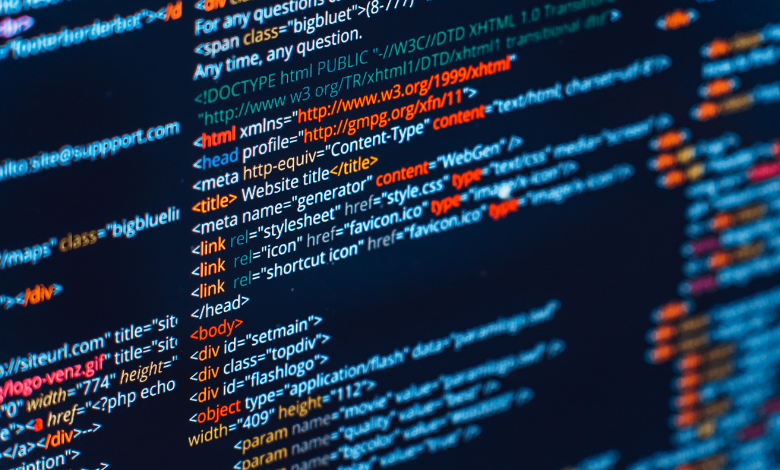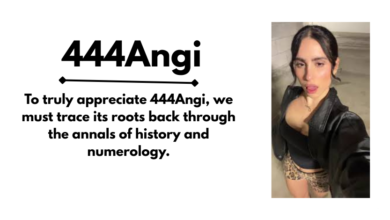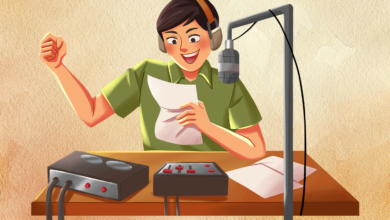Content://cz.mobilesoft.appblock.fileprovider/cache/blank.html

If you’ve ever used the AppBlock app on your Android phone, you might have noticed some strange-looking links or file paths, like content://cz.mobilesoft.appblock.fileprovider/cache/blank.html. At first glance, this can look confusing or even suspicious, especially if you are not familiar with how Android apps manage their data. In this guide, I’ll break down what this path means, why it exists, and whether you need to worry about it. I’ll also share some of my personal experience with AppBlock and give you tips on how to use it effectively while keeping your phone clutter-free.
What is AppBlock?
AppBlock is a productivity app designed to help you block distracting apps, websites, and notifications. I’ve used it myself during exam prep, and it really made a difference in keeping me away from mindless scrolling on social media. The idea is simple: you set up rules or schedules, and AppBlock prevents you from accessing certain apps or websites during those times.
Like most apps, AppBlock stores temporary files, also called cache, on your phone. These files make the app run faster and help it remember some of your settings. But sometimes, these cached files can look odd, like the one we’re discussing here.
What Does content://cz.mobilesoft.appblock.fileprovider/cache/blank.html Mean?
This long path is basically an internal address that points to a file stored by AppBlock in its cache folder. Let’s break it down:
-
content://– This is a standard prefix in Android that apps use to share data securely. -
cz.mobilesoft.appblock– This is the unique package name for the AppBlock app. Every app on Android has one. -
fileprovider– This is a system feature that lets apps share files safely without exposing the actual file paths. -
cache/blank.html– This means the file is a temporary HTML file stored in the app’s cache. The fact that it’s named “blank” suggests it’s probably an empty placeholder.
So in plain English, this is simply AppBlock creating or using an empty web file for internal use. It’s not a virus, it’s not harmful, and it usually doesn’t affect how your phone runs.
Read Also: Fintechasia .net telekom
Why Apps Use FileProvider in Android
Android has strict security rules. One of them is that apps cannot just freely share files with each other using file paths, because that could lead to data leaks or hacking. To solve this, Google introduced something called FileProvider.
FileProvider works like a gatekeeper. It allows apps to safely grant access to files without exposing sensitive information. In the case of AppBlock, the FileProvider makes sure cached files like blank.html are handled securely. This is one reason why the path starts with content:// instead of something like file://.
The Purpose of the blank.html File
You might wonder why AppBlock needs a blank HTML file at all. From my experience, and based on how similar apps work, this file is probably used as a placeholder when the app blocks a website. For example, if you try to open a blocked site, AppBlock might redirect your browser to an empty “blank” page instead. This prevents you from accessing the content while keeping the app lightweight.
The presence of this file doesn’t mean there’s a bug. It’s just part of how AppBlock enforces its blocking rules.
Is the File Safe? Should You Worry?
The short answer is: yes, it’s safe. This file is created by AppBlock itself and stored in the cache, which is temporary storage. I’ve had this file appear on my device multiple times, and nothing bad ever came of it. It’s not spyware, it’s not malware, and it’s not stealing your information.
If anything, the worst it can do is take up a small amount of storage space. And since it’s a blank file, we’re talking about a few kilobytes at most.
How to Clear Cache in AppBlock
If seeing this file still bothers you, or if AppBlock isn’t working smoothly, you can always clear the cache. Here’s how:
-
Open your Android Settings.
-
Go to Apps or App Management.
-
Find and tap AppBlock.
-
Tap Storage.
-
Choose Clear Cache.
This will delete temporary files like blank.html, but don’t worry, AppBlock will recreate them if needed. Clearing cache is safe and often helps fix minor glitches.
Troubleshooting Common Cache Issues
Sometimes, AppBlock might misbehave, especially after system updates. Here are a few issues related to cache and how to fix them:
-
Blocked apps not staying blocked: Try clearing cache and reapplying your block rules.
-
AppBlock not loading correctly: A quick cache clear usually solves this.
-
Storage space warnings: Deleting cached files, including blank.html, can free up space.
From my own experience, clearing cache every few months keeps AppBlock running smoothly.
Privacy and Security Considerations
When dealing with apps that block or monitor your phone usage, privacy is always a valid concern. The good news is that AppBlock doesn’t collect sensitive personal data from cached files like blank.html. These files are purely technical.
That said, it’s always smart to review app permissions. For example, I only allow AppBlock access to apps and notifications it truly needs. You can check permissions in your phone’s settings and revoke anything unnecessary.
Tips for Better Productivity with AppBlock
AppBlock is more than just cache files and placeholders. If you really want to get the most out of it, here are a few tips:
-
Set clear goals: Decide which apps distract you the most. For me, it was Instagram and YouTube.
-
Use schedules: Block apps during work hours or before bedtime.
-
Allow flexibility: Give yourself breaks. Productivity tools shouldn’t feel like punishment.
-
Combine with habits: AppBlock works best when paired with discipline. For example, I leave my phone in another room while studying.
These strategies helped me stay consistent and reduce wasted time.
Conclusion
The path content://cz.mobilesoft.appblock.fileprovider/cache/blank.html might look intimidating, but it’s really just a harmless cached file created by the AppBlock app. It plays a role in blocking distractions by serving as a placeholder web page. You don’t need to worry about security or privacy issues with it. If it bothers you, clearing the cache is an easy fix. In the bigger picture, AppBlock remains a useful tool for staying focused, provided you use it wisely and review permissions regularly.
FAQ
1. What is content://cz.mobilesoft.appblock.fileprovider/cache/blank.html?
It’s a cached placeholder HTML file used by the AppBlock app to block websites securely.
2. Is this file a virus?
No, it’s safe. It’s created by AppBlock and stored in your phone’s cache.
3. Can I delete it?
Yes, by clearing AppBlock’s cache in your phone settings. The app will recreate it if necessary.
4. Why does AppBlock use FileProvider?
FileProvider helps apps share files securely without exposing sensitive system paths.
5. Do I need to worry about privacy?
No, this file doesn’t contain personal data. Still, always review app permissions for peace of mind.



